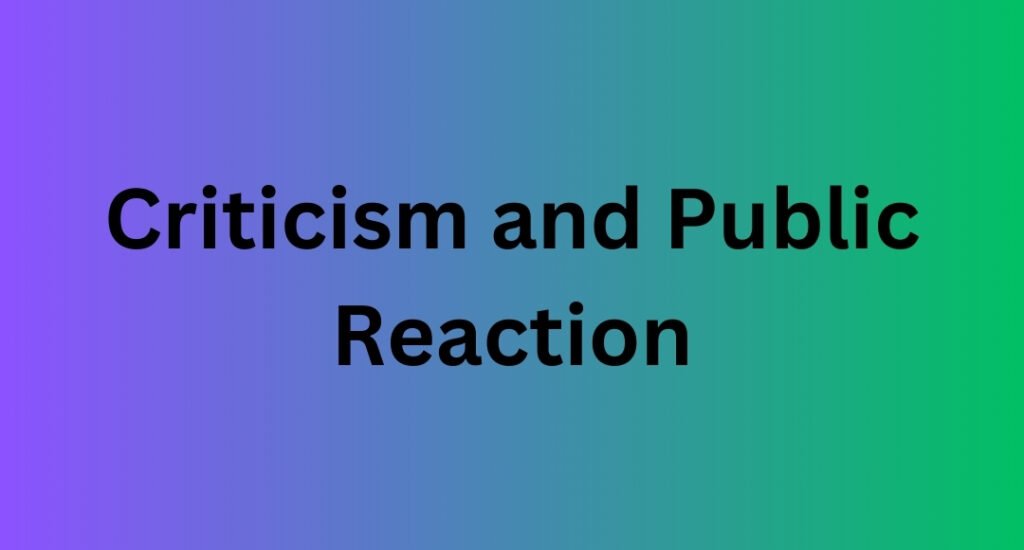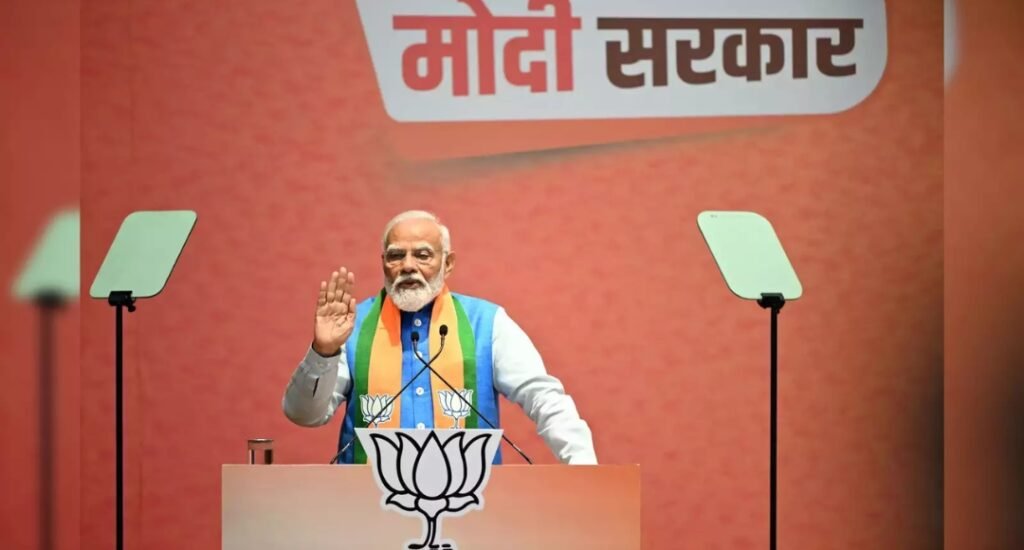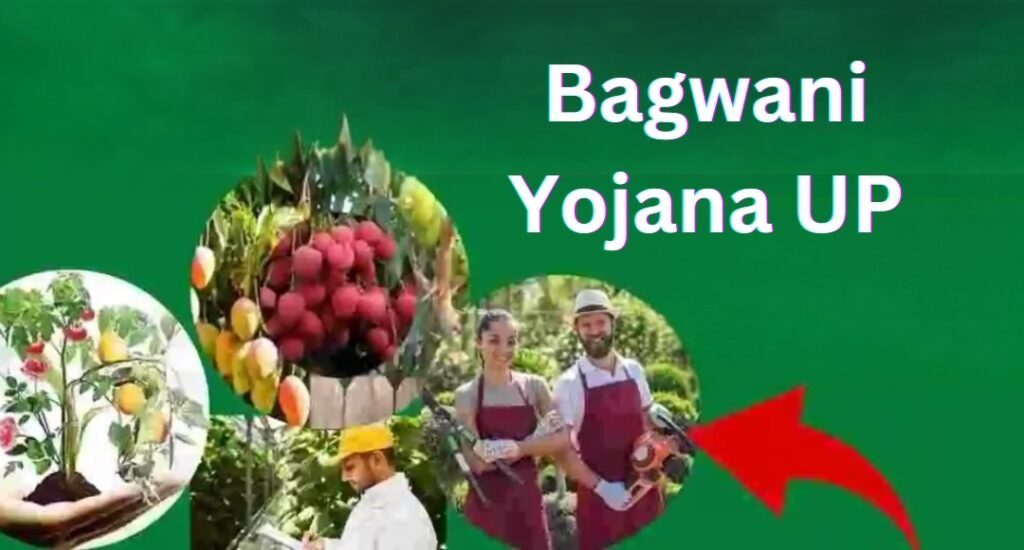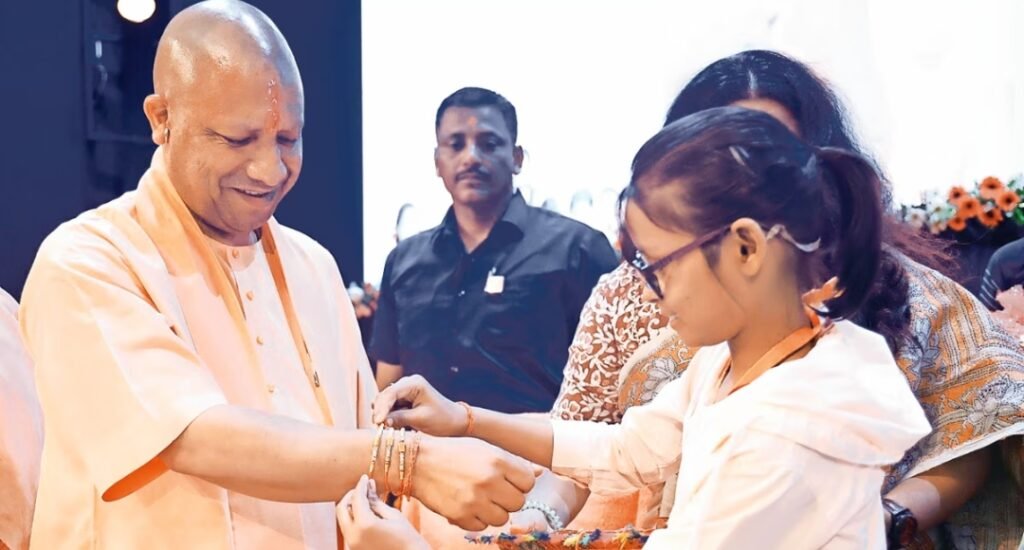The Maiya Samman Yojana, a welfare scheme aimed at providing financial support to women, has undergone significant changes with the release of new guidelines. While the scheme initially promised economic relief to a large number of women, the updated rules have led to many being excluded. This decision has sparked debates and concerns among beneficiaries. Here’s an in-depth look at the changes, eligibility criteria, and their impact on women.
Overview of Maiya Samman Yojana
The Maiya Samman Yojana was introduced with the objective of supporting women from economically weaker sections. Under the scheme, eligible women receive a monthly allowance as financial aid to address household expenses and achieve a degree of economic independence.
The program has been a lifeline for thousands of women, especially widows, single mothers, and women from low-income families. However, the recent revisions in the eligibility criteria have reduced the number of beneficiaries, leaving many disappointed.
New Guidelines and Key Changes

The latest guidelines released by the government have introduced stricter eligibility criteria. Let’s delve into the most significant changes:
1. Exclusion of Women Whose Husbands are on Contract or Honorarium
One of the most impactful revisions is the exclusion of women whose husbands are employed under a contract or receive an honorarium. Previously, such women were considered eligible for the scheme. The government argues that these households have a stable, albeit modest, source of income, and hence do not qualify for financial aid.
2. Income Limit Adjustment
The new rules have revised the family income cap, making it more stringent. Families earning beyond a certain threshold, even by a small margin, are now ineligible.
3. Mandatory Documentation
Beneficiaries are required to submit additional proof of their financial status, including income certificates and employment proof of family members. This step aims to eliminate fraud but adds complexity to the application process.
4. Annual Verification Process
To ensure continued eligibility, an annual verification of beneficiaries’ financial status is now mandatory. Any change in circumstances could lead to discontinuation of benefits
Reasons for the Revised Guidelines
The government cites several reasons for implementing these changes:
- Eliminating Ineligible Beneficiaries:
- The revisions aim to ensure that only genuinely deserving women benefit from the scheme.
- Budget Constraints:
- Rising costs and limited resources have necessitated stricter rules to reduce the financial burden on the exchequer.
- Preventing Misuse:
- Tightening eligibility criteria is expected to curb fraudulent claims and ensure fairness.
Impact of the New Guidelines on Beneficiaries
The changes have had a mixed impact:
Positive Outcomes:
- Targeted Assistance:
- The revised criteria may help direct resources to the most vulnerable women.
- Transparency:
- Enhanced documentation and verification processes improve accountability.
Negative Outcomes:
- Exclusion of Many Women:
- Families with modest incomes, especially those dependent on contract-based work, feel unjustly excluded.
- Increased Financial Stress:
- Women who no longer qualify may struggle to manage household expenses, particularly in single-income families.
- Administrative Burden:
- The new documentation and verification processes may discourage eligible women from applying.
Eligibility Criteria: Who Can Still Apply?
Despite the exclusions, many women remain eligible under the revised guidelines. Here’s a summary of the current criteria:
- Residency:
- Applicants must be permanent residents of the state where the scheme is implemented.
- Income Limit:
- The total family income must fall within the revised cap.
- Unemployed Women:
- Women without any source of personal income are prioritized.
- Specific Categories:
- Widows, single mothers, and women from marginalized communities still qualify, provided they meet other requirements.
Steps to Apply for Maiya Samman Yojana
For those still eligible, here’s how to apply for the scheme under the new guidelines:
1. Check Eligibility
- Review the updated criteria on the government’s official website.
2. Gather Necessary Documents
- Ensure you have the following:
- Aadhaar card
- Income certificate
- Residence proof
- Bank account details
3. Submit Application Online or Offline
- Applications can be submitted through the official portal or at designated government offices.
4. Wait for Verification
- After submission, authorities will verify the details and conduct a background check.
5. Approval and Fund Disbursement
- Upon approval, the financial assistance will be credited directly to the beneficiary’s bank account.
Criticism and Public Reaction

The new guidelines have drawn criticism from various quarters:
- Exclusion of Vulnerable Groups:
- Many argue that women whose husbands are employed on contract still face financial instability and should not be excluded.
- Complexity of Application Process:
- The added documentation requirements are seen as a hurdle, especially for women with limited access to resources.
- Budget Priorities:
- Activists have questioned whether stricter guidelines were necessary or if the government could have increased funding for the scheme instead.
What Lies Ahead for Maiya Samman Yojana?
The Maiya Samman Yojana remains a crucial initiative for women’s welfare, despite the challenges posed by the new guidelines. Advocacy groups are urging the government to reconsider some of the exclusions to ensure that no genuinely deserving woman is left behind.
In the coming months, the scheme’s success will depend on how effectively the government implements the changes while addressing the concerns of affected beneficiaries
The revised guidelines of the Maiya Samman Yojana highlight the government’s efforts to make the scheme more targeted and efficient. However, they also underscore the need for a more nuanced approach to avoid excluding vulnerable groups.
For women who continue to qualify, the scheme offers a lifeline in challenging times. For those excluded, it raises critical questions about the balance between economic limitations and social welfare. Only time will tell how effectively these changes meet the scheme’s broader objectives of empowering women and promoting economic stability.





